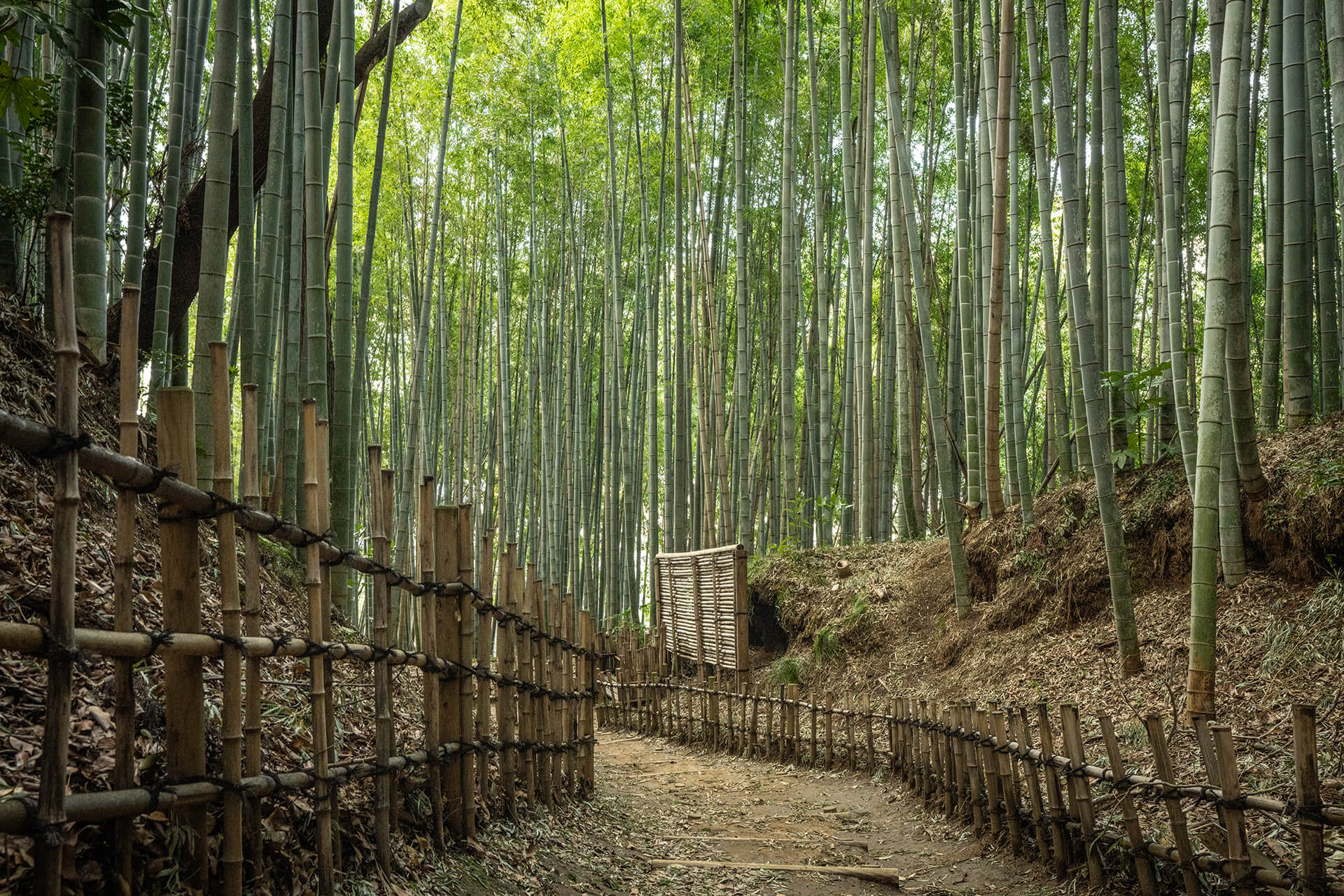
Things to Do | Visit Chiba | Latest update:2025/02/20
Hiyodori-zaka Slope and the nearby Old Samurai Residences, located in Chiba’s Sakura City, provide travelers with an authentic taste of local history. Being located a twenty-minute walk from JR Sakura Station – which itself sits twenty minutes by train from both JR Chiba and JR Narita stations – puts these destinations at just the right distance to ferry one out of the modern world and into a bamboo forest that’s remained since the Edo period. The samurai themselves were famous for their journeys on foot, and such a setting affords you the chance to walk a mile in their boots.

Start your journey with a walk along the bamboo-lined path at Hiyodori-zaka Slope. It is said that the scene here has hardly changed since the days of the samurai, allowing visitors to transport themselves into another era – and into the mindset of those who once trod this very road. Making reservations in advance, visitors may partake in a Samurai Sanpo (Samurai Stroll) in which you may don a samurai costume and even try out wielding a sword! Contact information is available (in Japanese) here: https://www.city.sakura.lg.jp/soshiki/sakuranomiryoku/event_kanko/17737.html
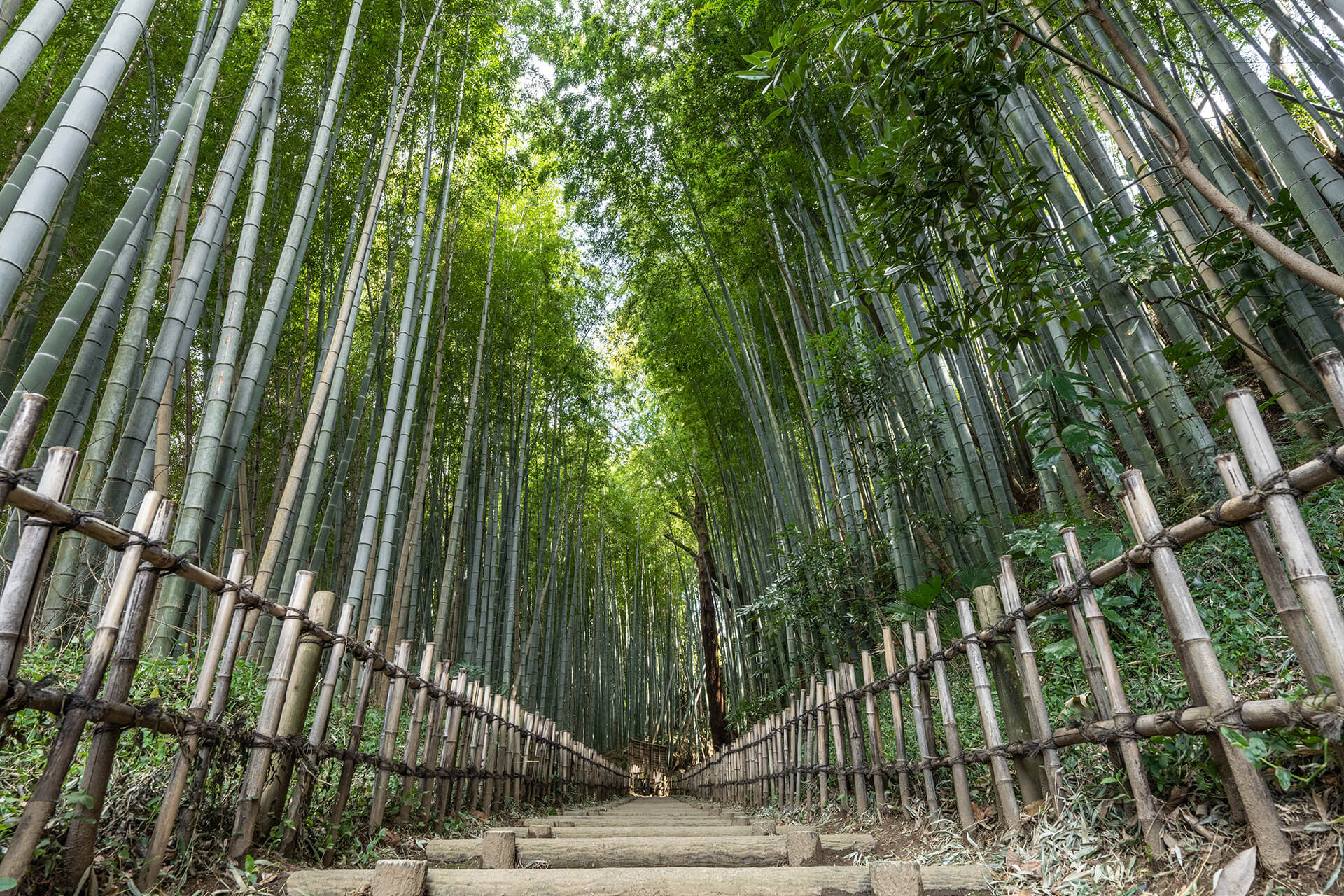
Just a few meters away from Hiyodori-zaka Slope’s upper entrance are the Old Samurai Residences. Three residences are located on the property here: the old residences of the Kawara, Tajima, and Takei families. In the Edo period, Sakura-jo Castle sat on a nearby plateau. Mountains surrounded and guarded the castle to the north, south, and west, so these samurai houses were lined up to the castle’s east to protect it in times of emergency.
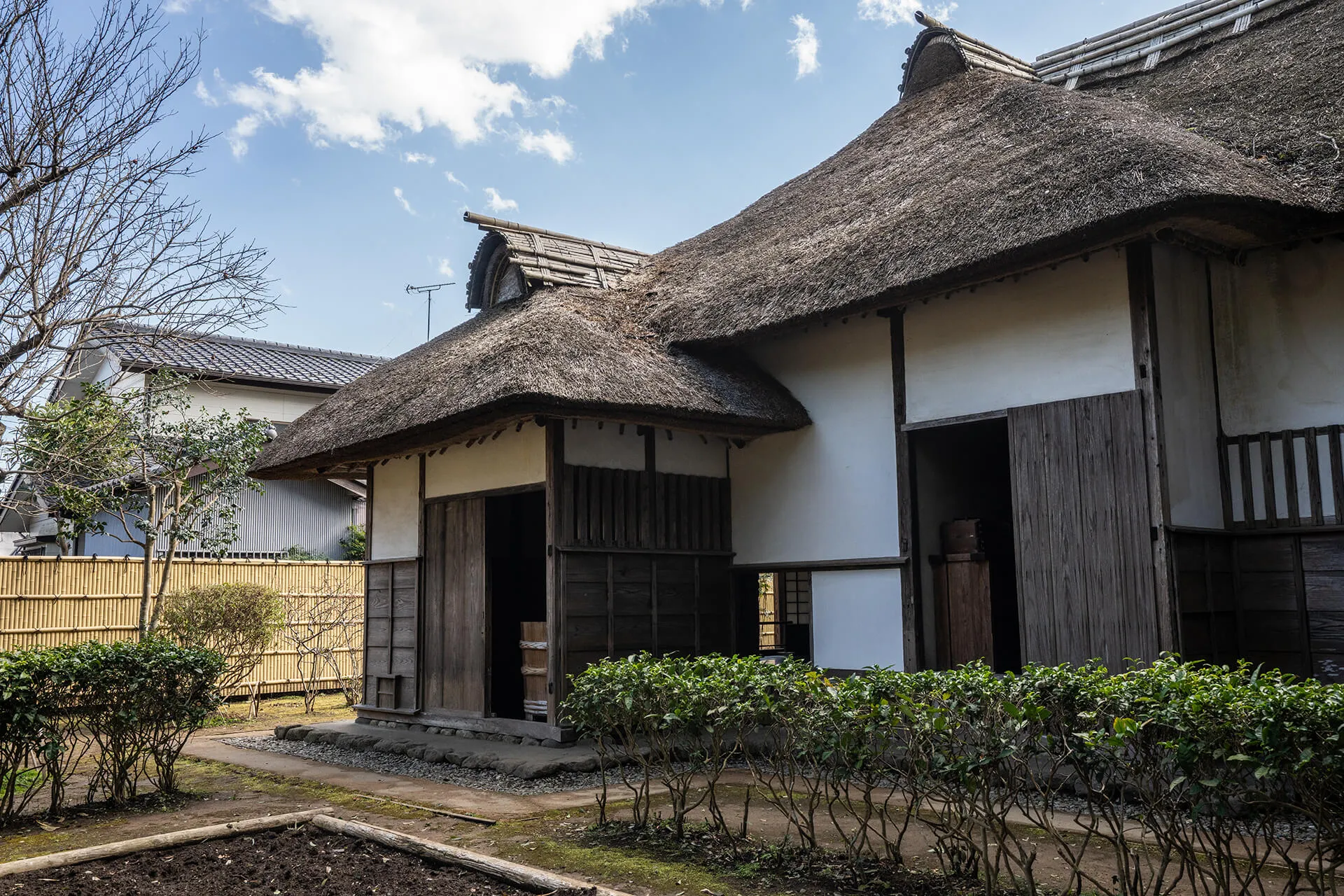
Although these houses are currently each named after a family, in the days of yore samurai did not own their own domiciles; they were property of their clan, who in turn lent them a house. Divisions by class were also strong, and only the head of the family of each house, or their guests, were permitted to use a house’s front entrance. Everyone else was relegated to using a separate entrance which was dark and narrow.
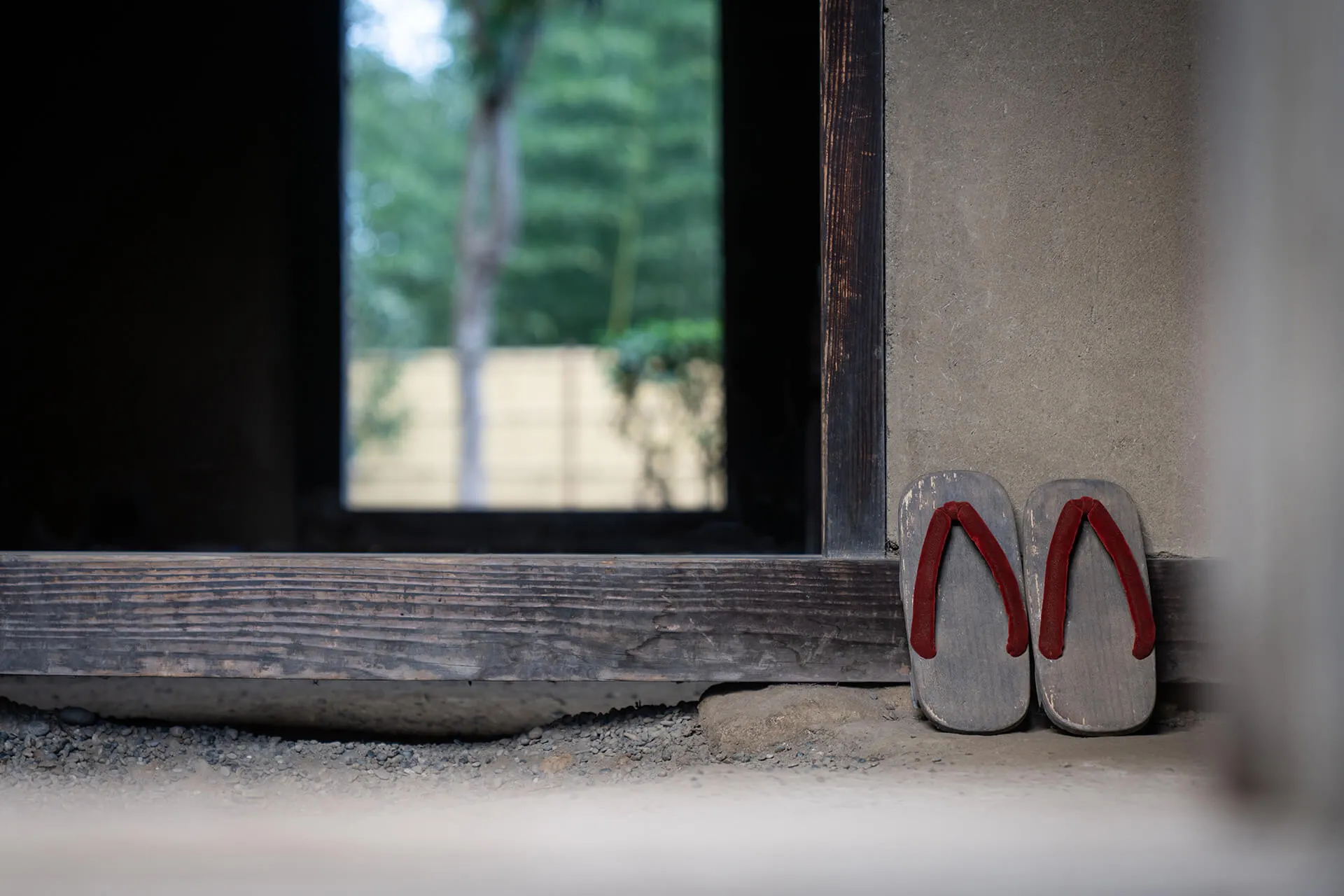
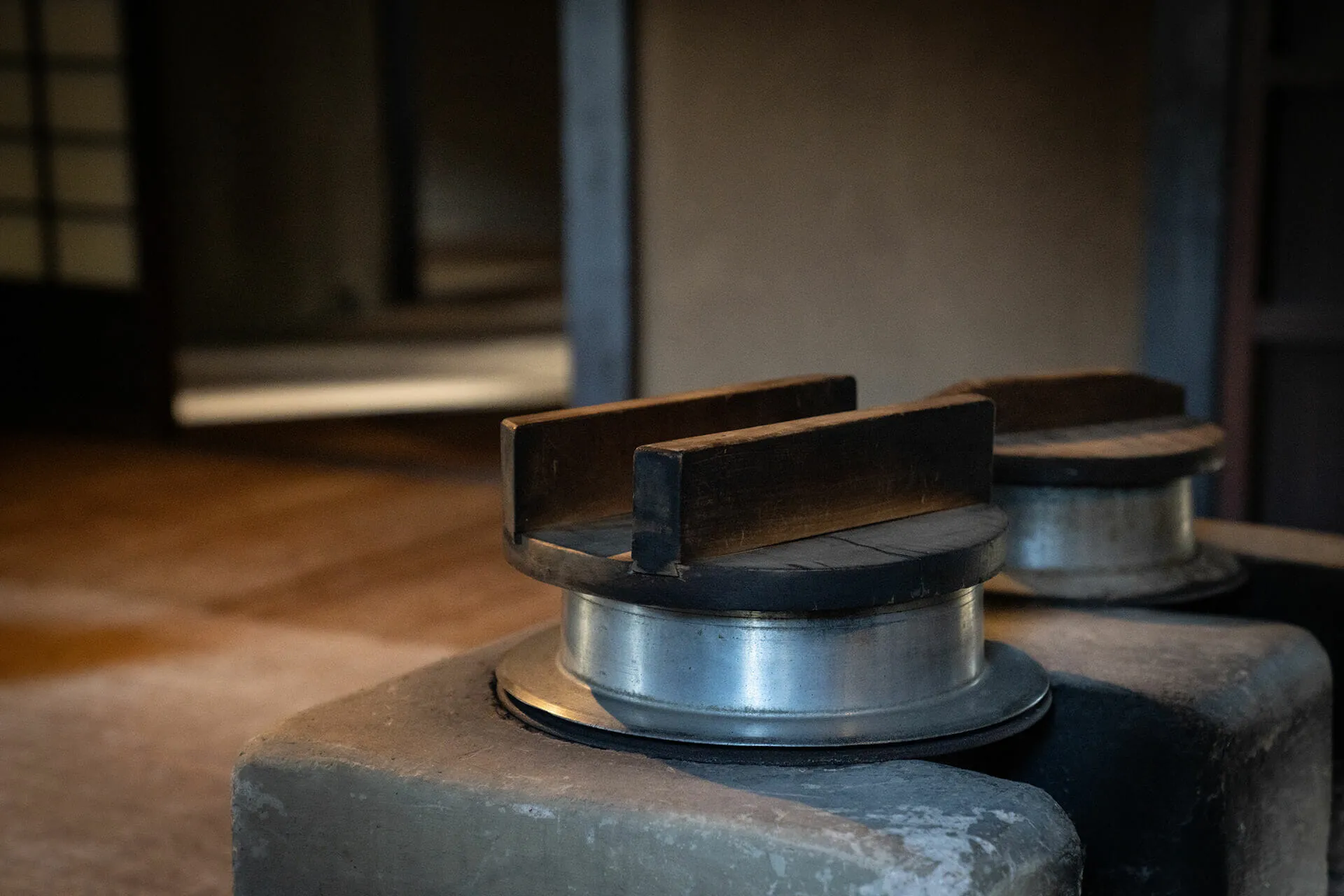
The roofs of these lodgings are known as kayabuki-yane. The word kaya refers to the grasses which were used to produce thatched roofs. The frames of the roofs consisted of bamboo poles on top of which bunches of kaya were strapped. At the top of each section, a board of Japanese cedar was placed under the kaya; to prevent rainwater from leaking into the home. The kaya for two of these houses comes from the nearby Inbanuma Lake, and today few tradespeople still possess the knowledge of this craft. Since the materials that are used are susceptible to rot, the roofs must be replaced every ten to twenty years. To prevent destructive insects from living in the roofs, the staff of these samurai residences use kamado (traditional Japanese stoves) to heat firewood, smoking the roofs in the process.
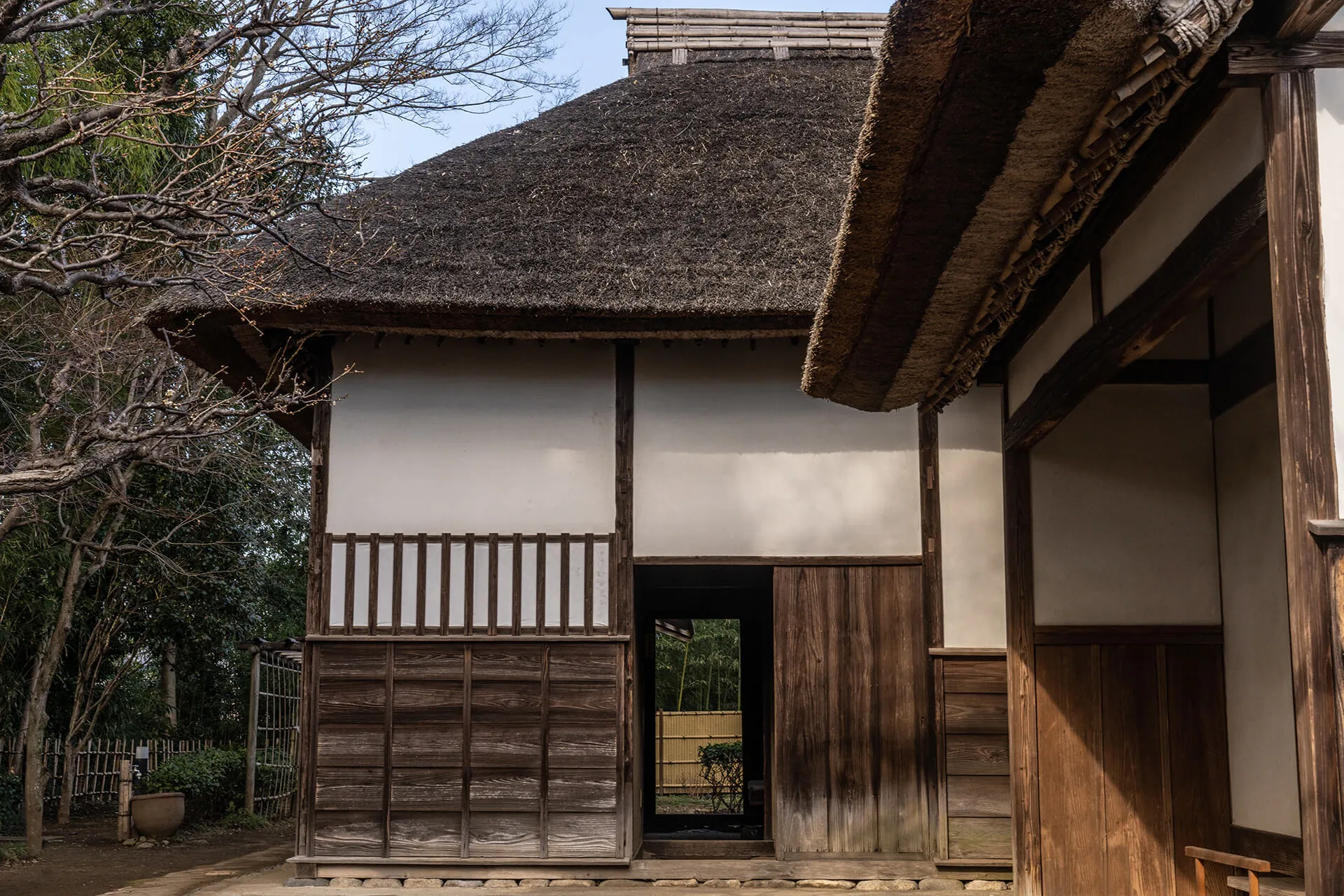
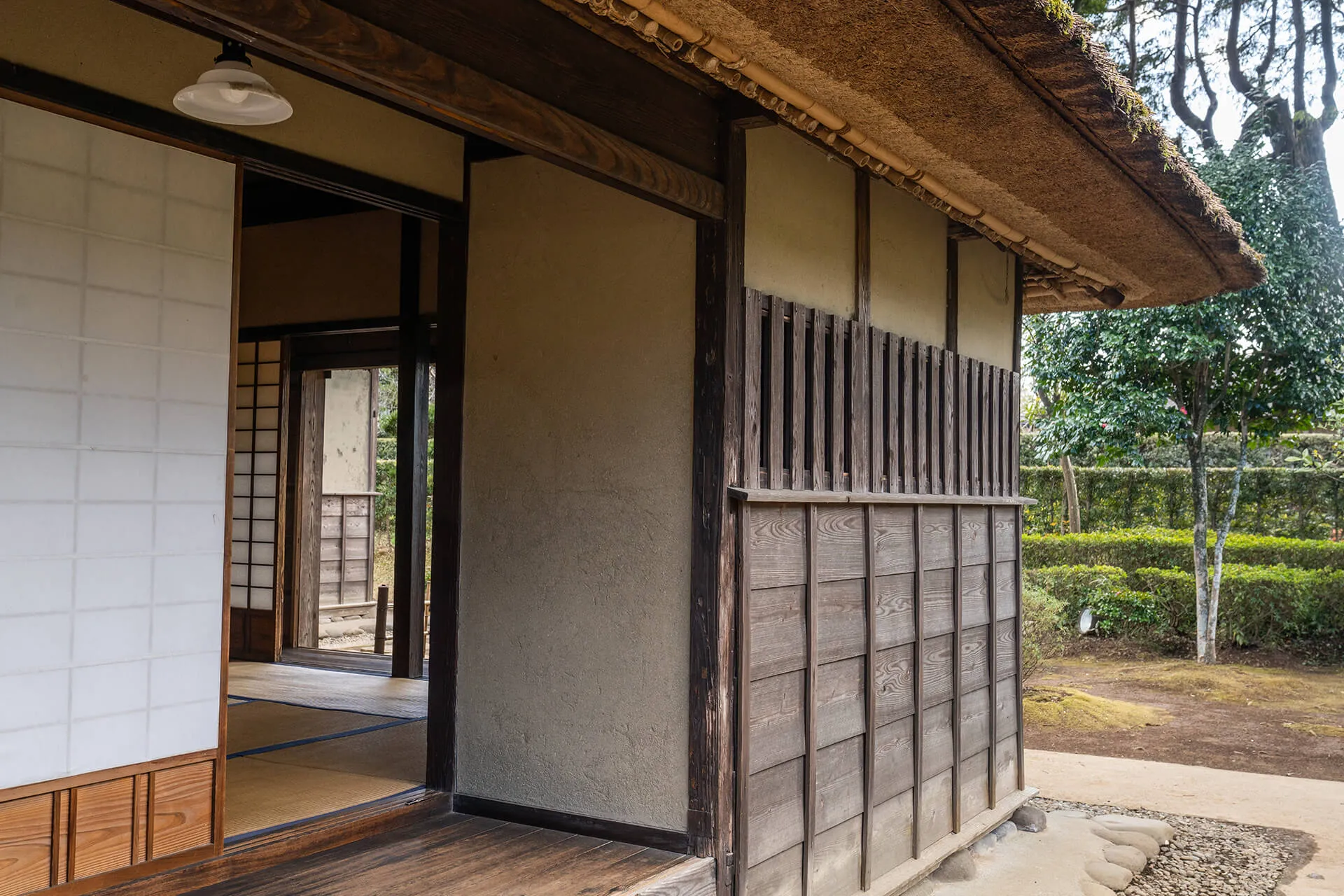
The old residence of the Takei family is the only samurai house without such a roof, but has otherwise been conserved to keep its original aesthetic. The owner of the property – who knew of its samurai house history – maintained the building while using it as a rental property, and eventually donated it to the city in the late 1980’s. Being that its roof was made of tin at the time of donation, arrangements were made to have it copper plated.
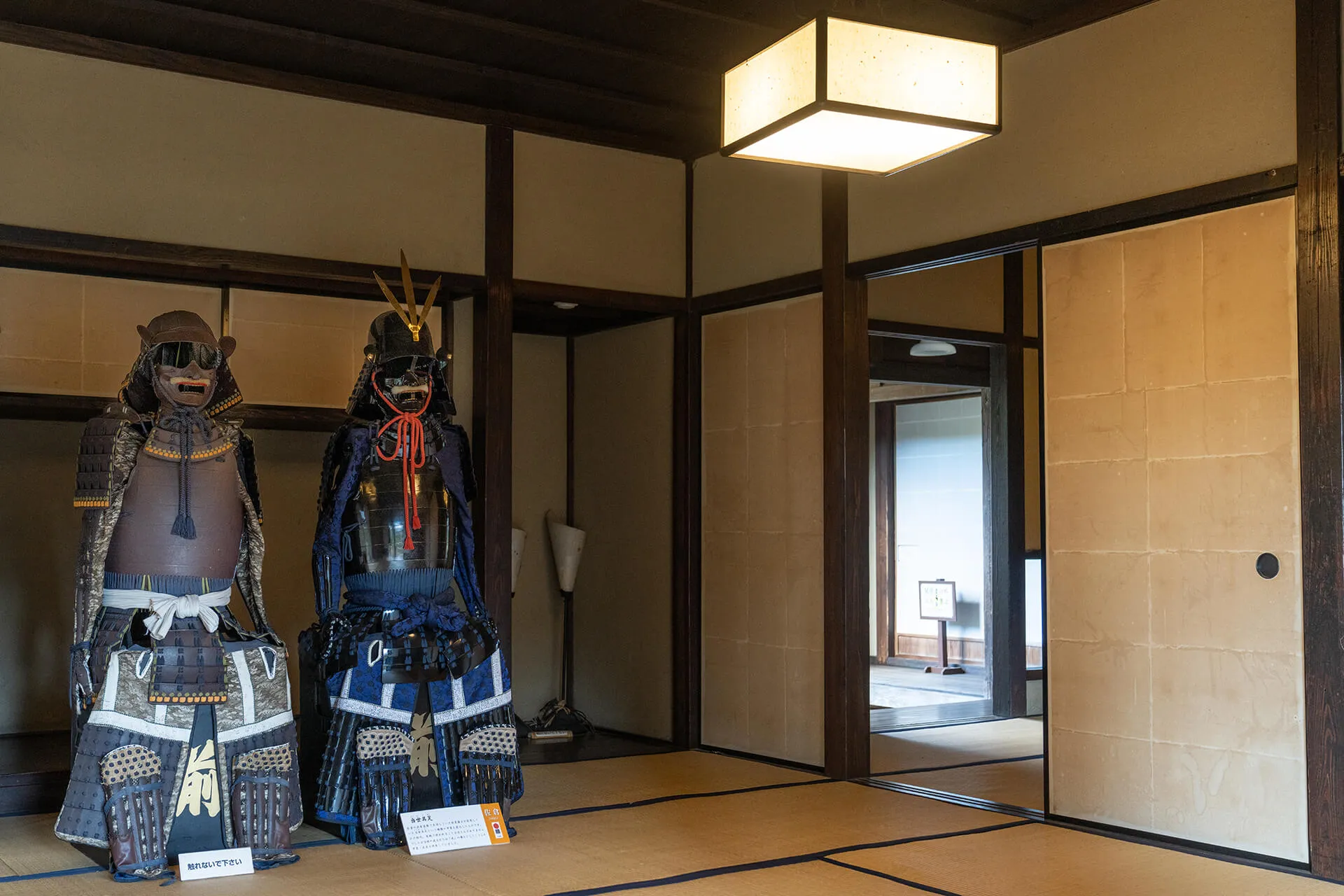
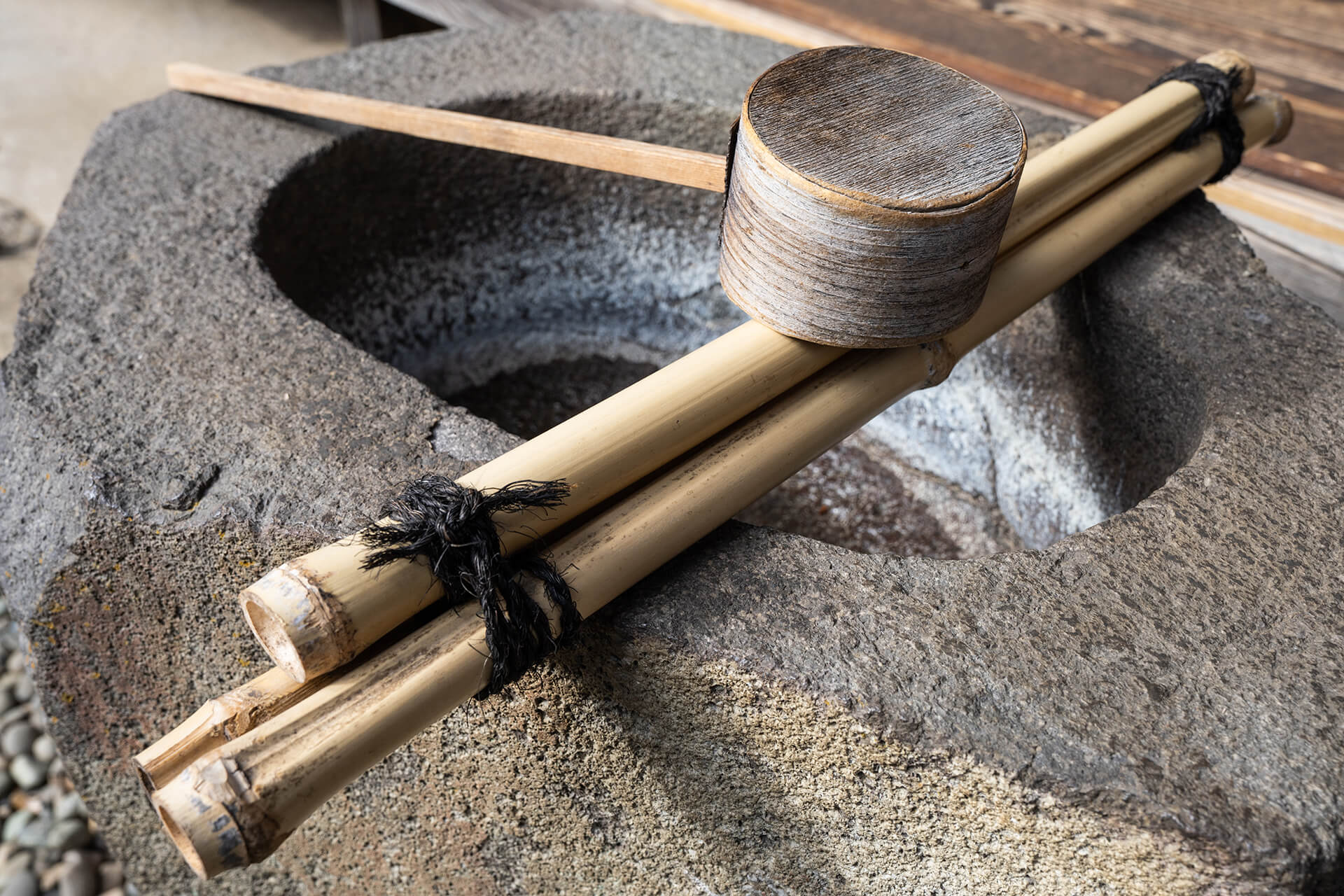
Volunteer guides also eagerly await your visit; English-speaking and Japanese-speaking guides are available by appointment. Japanese-language guides are also present on site during the weekends.
To learn about more things to see and do here in Sakura City, including a zen meditation and Japanese tea ceremony experience, please check out the link below:
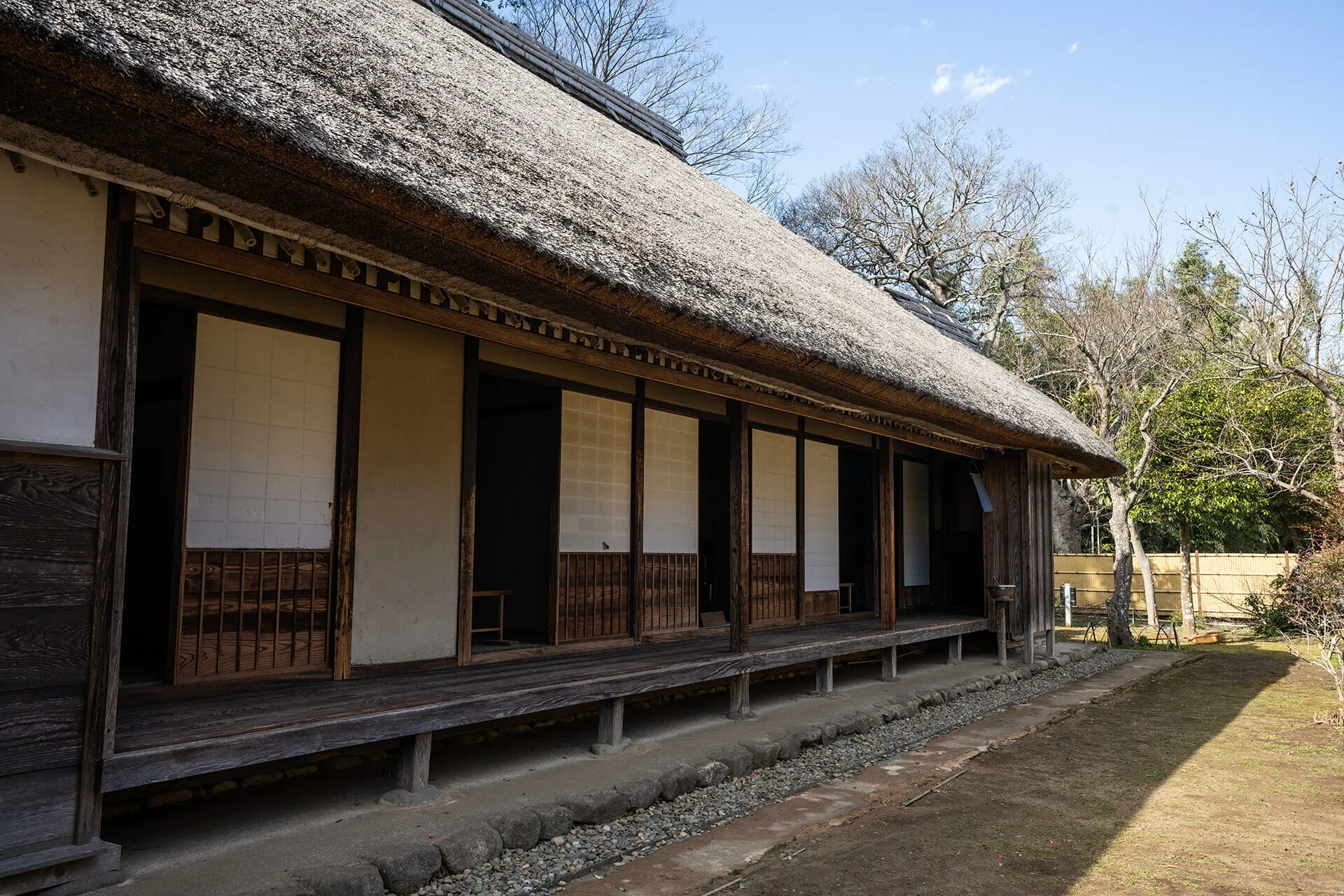
5-23 Jonaicho, Sakura City
(A 20-minute walk from JR Sakura Station)
+81-43-484-6145
Kawara-ke: 57 Miyakoujimachi, Sakura City
Tajima-ke: 61 Miyakoujimachi, Sakura City
Takei-ke: 60 Miyakoujimachi, Sakura City
(A 15-minute walk from JR Sakura Station)
Accessibility